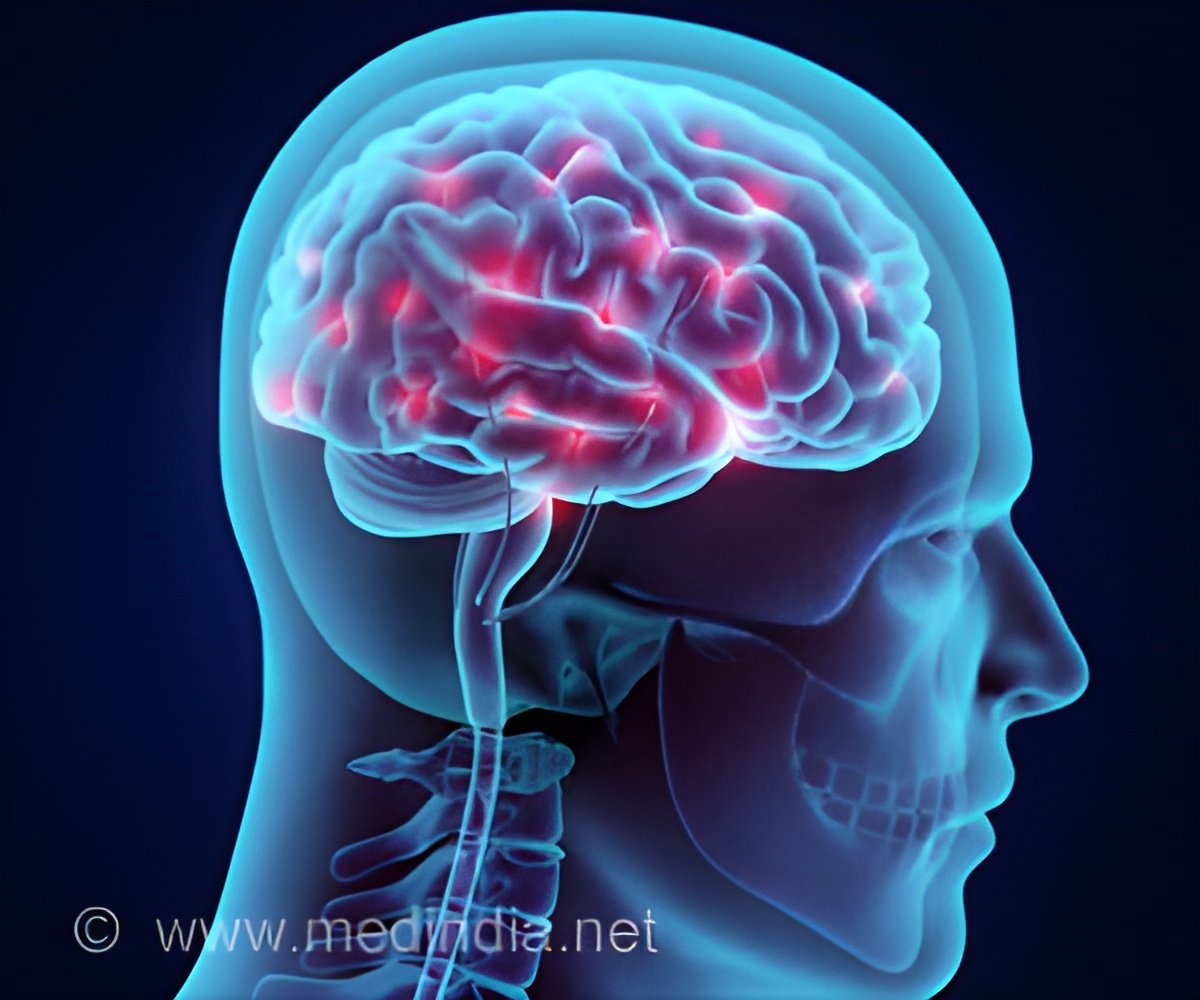
‘The long-term potentiation (LTP) mechanism is how the brain operates at the cellular level to allow us to learn and remember. However, when these processes go wrong they can lead to neurological and neurodegenerative disorders.’
Tweet it Now
The breakthrough, published in Nature Neuroscience,
was made by scientists at the University of Bristol and the University
of Central Lancashire. The findings will have far-reaching implications
in many aspects of neuroscience.A process, called long-term potentiation (LTP), increases the strength of information flow across synapses. Lots of synapses communicating between different nerve cells form networks and LTP intensifies the connectivity of the cells in the network to make information transfer more efficient.
This LTP mechanism is how the brain operates at the cellular level to allow us to learn and remember. However, when these processes go wrong they can lead to neurological and neurodegenerative disorders.
Precisely how LTP is initiated is a major question in neuroscience. Traditional LTP is regulated by the activation of special proteins at synapses called NMDA receptors. This study, by Professor Jeremy Henley and co-workers reports a new type of LTP that is controlled by kainate receptors.
This is an important advance as it highlights the flexibility in the way synapses are controlled and nerve cells communicate. This, in turn, raises the possibility of targeting this new pathway to develop therapeutic strategies for diseases like dementia, in which there is too little synaptic transmission and LTP, and epilepsy where there is too much inappropriate synaptic transmission and LTP.
Advertisement
Dr Milos Petrovic, co-author of the study and Reader in Neuroscience at the University of Central Lancashire added: "Untangling the interactions between the signal receptors in the brain not only tells us more about the inner workings of a healthy brain, but also provides a practical insight into what happens when we form new memories. If we can preserve these signals it may help protect against brain diseases."
Advertisement
Source-Eurekalert













